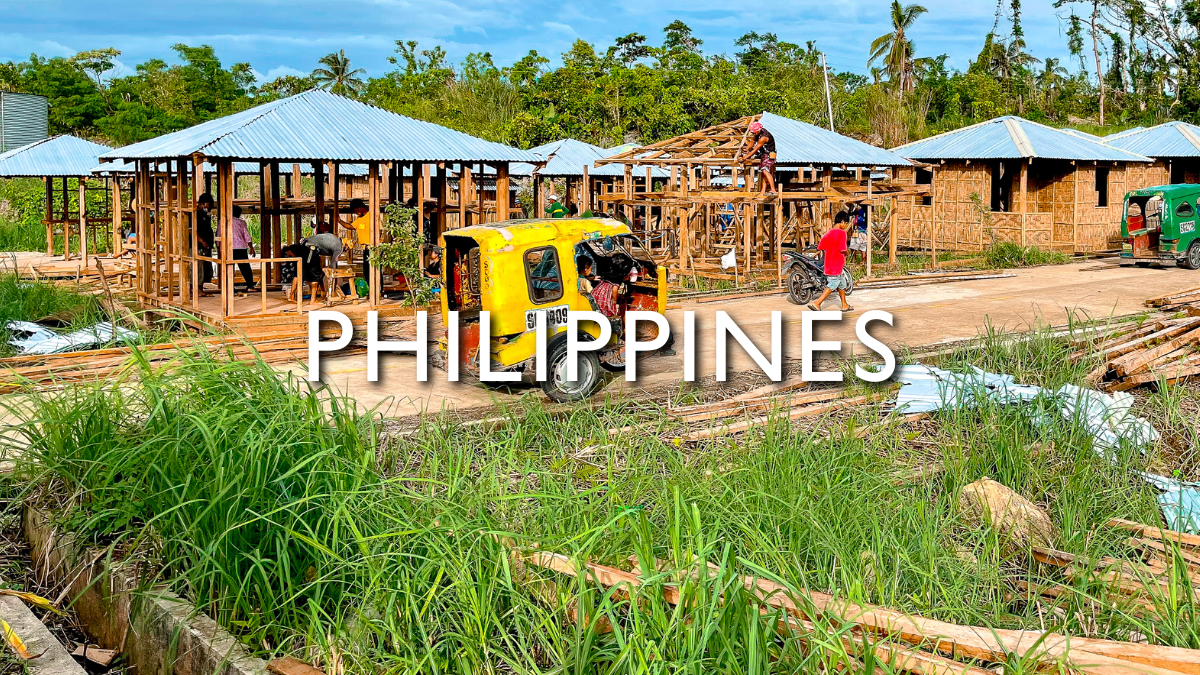
Situated in the Western Pacific tropical storm region and the Pacific Ring of Fire, the Philippines is regularly affected by natural disasters that result in the loss of lives, homes, and livelihoods. An average of 20 cyclones affect the country each year, triggering floods, landslides, and storm surge. Located between two major fault lines and with more than 20 active volcanoes, the Philippines also experiences high levels of seismic and volcanic activity. USAID has responded to more than 40 disasters in the Philippines since 1990—including multiple cyclones, earthquakes, typhoons, and volcanic eruptions—while also supporting a variety of disaster risk reduction and resilience programs to increase the capacity of the Government of the Philippines (GPH) and local communities to prepare for and respond to natural disasters.
Heavy rainfall in late January and early February 2024 resulted in flooding and landslides across Mindanao Island, affecting nearly 1.2 million people. Rainfall-induced floods and landslides resulted in at least 21 deaths and injury to 11 others, along with the temporary displacement of an estimated 795,000 individuals as of early February. Communities affected by the floods and landslides required emergency food, shelter, and water, sanitation, and hygiene (WASH) assistance. On February 8, U.S. Ambassador to the Philippines MaryKay L. Carlson issued a declaration of humanitarian need due to the effects of flooding and landslides in the Philippines. In response, USAID provided nearly $1.3 million to support emergency food, shelter, and WASH assistance to disaster-affected communities on Mindanao.
Additionally, USAID technical experts deployed to Luzon Island’s Cordillera Mountain Range in late February to support GPH response to wildfires. The technical experts trained firefighters and disaster response authorities on wildfire management best practices in anticipation of continued dry weather resulting from El Niño.

